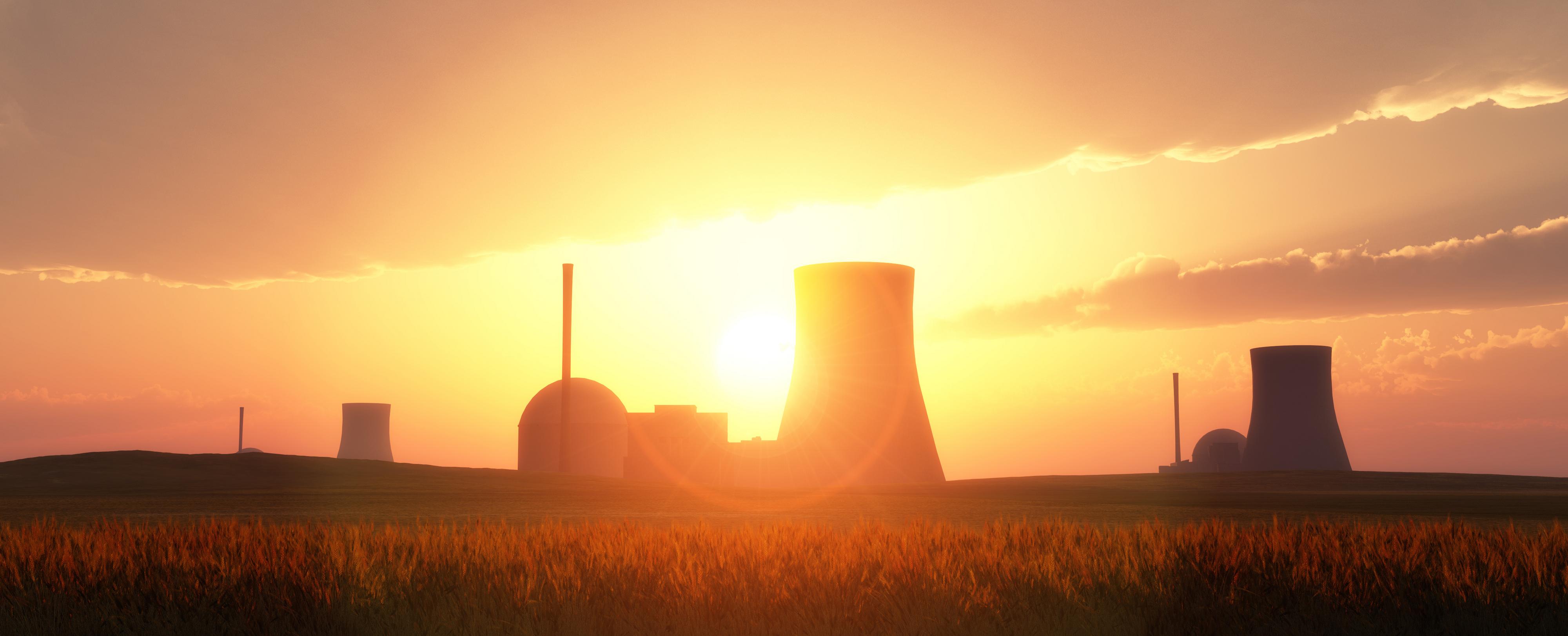Outlook on the Status of New Nuclear
Julkaistu 28.02.2020
In order to achieve both national and international climate goals, many countries consider adding nuclear power to their energy palette. Today, there are operating nuclear power plants in 30 countries around the world and around half of these have plans to expand their existing fleets. Out of the 55 nuclear power plants under construction, a significant portion is being built in countries that already have operating nuclear power plants. Nuclear new builds have shifted from the West to the East, with a majority of the new builds being constructed or planned in China, India, and Russia.
The Next Generation of Nuclear Countries
Around 30 countries are considering, planning or already adding nuclear power to their energy production fleets. Additionally, around 20 countries have expressed their interest in investing in nuclear power [1]. The IEA estimates that nuclear power capacity will increase by 15 % from the current 400 GWe by the year 2040. [2]
- The first reactors are under construction and commissioning in Belarus and the UAE. Both nations have set goals for commercial production in 2020.
- The first reactors have been ordered by Turkey and Bangladesh.
- Political decisions for the use of nuclear power have been made in Egypt and Jordan, with infrastructure upgrades being prepared.
- Interest in nuclear power has been expressed in Poland, Ghana and Kenya. Political decisions are still pending.

No Need to Re-invent the Wheel
Although existing operating experience and know-how can enable a smoother access to nuclear power for new nuclear countries, many still encounter problems as early as in the design phase. The biggest challenges are related to grid infrastructure, political anti-nuclear sentiment and decision making, guidelines and legislation regarding the use of nuclear power, and the establishment of a regulatory body. Another significant issue is the lack of available nuclear-specific specialized workforce from start to finish of a new nuclear project, partly caused by the intermittency in new nuclear construction [3]. This especially causes delays in project execution, and not only in new nuclear countries but also in countries with existing nuclear power plants but which have not expanded their fleet in decades, such as Finland. The IAEA has identified several factors which contribute to the growth of nuclear capacity in their report “International Status and Prospects for Nuclear Power 2017. One of the most significant factors is precisely the availability of competent workforce. [4]
Luckily, new nuclear countries can rely on the support and co-operation of existing nuclear countries. Problems that consume both time and money can be solved with the help of experienced project partners. For example, Platom’s experts can assist with legislative and regulatory challenges and provide effective licensing planning to anticipate and minimize delay risks. They can also help companies who want to enter the nuclear industry in ensuring their quality management systems meet the industry requirements and are equipped to handle the additional regulatory hurdles that are involved in nuclear deliveries. Platom’s technical experts are also qualified to review and produce plant licensing documentation in an effective and timely manner. Support can also be given to the verification and validation of process and I&C design by utilizing simulated plant and system models and analyses, to ensure no underlying design issues will cause expensive problems later on during the commissioning phase.
For more information, have a look at Platom’s services: https://platom.fi/en/services/
References:
[1] World Nuclear Association, 2020. Emerging Nuclear Energy Countries [Online document]. [Referenced 27.2.2020]. Available at: https://www.world-nuclear.org/information-library/country-profiles/others/emerging-nuclear-energy-countries.aspx.
[2] World Nuclear Association, 2020. Plans for New Reactors Worldwide [Online document]. [Referenced 27.2.2020]. Available at: https://www.world-nuclear.org/information-library/current-and-future-generation/plans-for-new-reactors-worldwide.aspx.
[3] International Atomic Energy Agency, IAEA Bulletin, April 2016.
[4] International Status and Prospects for Nuclear Power 2017, IAEA (July 2017).
